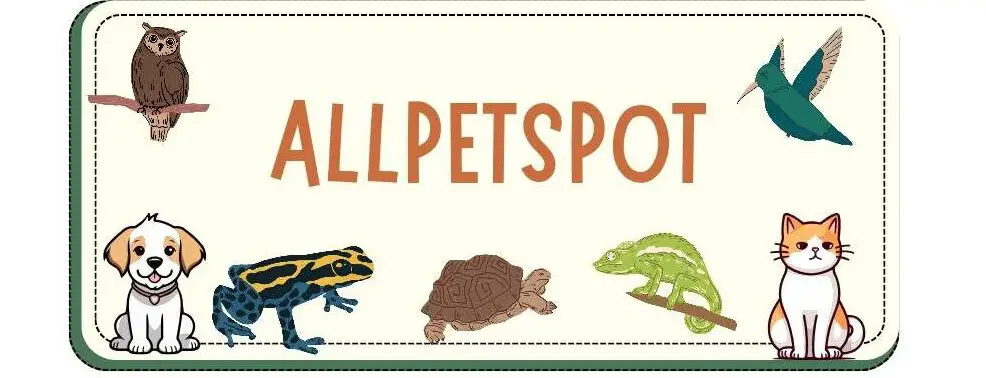Rat terriers may be good with your cats if they are taught not to bother them too much, but they will always be hunters first and foremost.
Rat terriers are a great breed of dog, but they can be difficult to train. They have a high prey drive and might chase cats if they’re allowed to roam freely outdoors.
In addition, rat terriers often have a bad reputation for being aggressive toward other dogs and humans.
But many people who own these dogs say they’ve had success in getting along with cats by using proper training techniques and some patience.
Are Rat Terriers Good With Cats
Rat terriers can be a challenge to train and socialize with cats. They have a tendency to chase and grab their prey by the neck, making it difficult for them to interact safely with small animals.
However, these dogs are not as likely to attack cats as other breeds such as bulldogs or even rottweilers—and they can learn how to get along with felines!
Training your pet rat terrier involves teaching him commands like “leave it” and “down.”
This will make him more comfortable around cats while still allowing you both access to your home’s interior spaces at any time (and preventing any unwanted encounters).
More: 9 Tips On How To Discipline A Rat Terrier.
Can Rat terriers be trained to live with cats
Yes, rat terriers can be trained to live with cats. The first step is to get the rat terrier used to being around other animals.
The next step is to train the rat terrier to stop jumping on the cat. The rat terrier can be trained to sit or lay down next to the cat.
Rat terriers are small dogs with a strong history of working alongside their masters.
They have been bred to be good with children, and many rat terrier owners say that their dog’s responsiveness makes them more likely to be friendly around the family.
The most important thing you need to know about rat terriers is that they are very active and energetic dogs.
This means they will require plenty of exercise and playtime on a daily basis, which can be difficult if your pet lives indoors or spends most of his time indoors playing video games or watching television (or even just lounging around).
These small breeds also require regular walks outside in order for them to burn off any excess energy from being inside all day long!
More; 8 Causes of Rat Terrier Aggression & Tips.
How to introduce a cat to Rat Terrier
The first step to introducing a cat to a Rat Terrier is to introduce them in neutral territory.
The following are some tips for getting started:
- Talk to your cat about the dog. Try to get them to understand each other by describing the dog in terms of what the cat might see as a friendly pet.
- Put your Rat terrier on a leash and also provide a hiding place for the cat.
- If the cat is resistant or fearful, try to take them to a place where the dog is already present. Try to have some treats and toys on hand to tempt them.
- Once the cat is comfortable around the dog, start slowly introducing them to each other. Try to have the dog stay close to the cat at first, and gradually move them apart.
- You can also try to swap scents of both pets by exchanging their stuff.
- Monitor the interaction closely and be ready to step in if the cat becomes afraid or aggressive.
- Continue to introduce the cat and dog gradually over time, gradually increasing the amount of time they are together.
- Provide separate drinking can and eating plate for both pets.
You will want to supervise these interactions so that neither dog is injured during playtime—and also so that no one gets overly excited by their newfound friend (or enemies).
How long will it take a Rat terrier and cat to get along
The typical length of time it takes for a dog and cat to get along is between one month and one year depending on the individual personalities of both pets.
Cats are very territorial, so they don’t like other animals in their space, so if you have two dogs at home then they may fight over who gets to play with the cats.
But if both dogs are neutered or spayed, then they won’t be competing for attention with each other either!
If your cat hasn’t been around dogs before without any issues that could cause problems between them (like having been mauled by one).
Then this will make things easier when introducing him or her into your new family member’s life as well!
Why Rat terriers might not be the best for cats
- Rat terriers may chase and grab cats by the neck.
- Rat terriers may bite cats.
- Rat terriers may be aggressive towards cats.
- Rat terrier owners should not allow their pets to attack other animals, including other dogs and people, as this can be very dangerous for both the animals involved and for passersby who might get caught in the crossfire.
Teach your dog to stop when you call them off a chase
Many dog owners have a difficult time teaching their dogs to stop chasing cats. The following tips will help:
- Teach your dog to follow commands like “leave it” and “down.”
- If you’re having trouble getting your dog to obey these commands, try using food rewards in training sessions instead of verbal commands.
- Make sure your pet knows how to stop when you call them off a chase.
- This can be done by having them sit on command or being held back with leashes while they’re still chasing after something else (like another animal).
If you want to get your dog to stop chasing a cat, instructing him to drop any toy he’s playing with when you say “drop it,” will be a great way of getting the message across.
Advantages of having a rat terrier and a cat
- Separation anxiety is diminished or eliminated when a rat terrier lives with a cat.
- A rat terrier gets more exercise when it lives with an active cat.
- Having a cat at home prevents your Rat terrier from being lonely and bored, both of which can lead to undesirable behavior.
- Getting a cat is comparable to giving up more responsibility and rat terrier tasks.
- It is possible for a cat and a rat terrier to become great friends and play together.
- Getting a cat can help rat terriers with their nervousness and socialization problems.
- Having a cat can assist rat terriers avoid feeling depressed and alone.
Disadvantages of having a cat and a rat terrier
- The cat can end up being chased away by your rat terrier.
- It will probably be challenging to train a cat and a rat terrier at the same time.
- Grooming a cat and a rat terrier requires a lot of time and effort.
- Your rat terrier might learn a bad habit from a cat.
- There will inevitably be rivalry and jealousy when a cat and rat terrier live together.
- The price of caring for a rat terrier jumps by a factor of two when a cat is included.
- You’ll have more filth to clean up if you have a cat and a rat terrier.
Best cats that get along with Rat terriers
The following breeds are the best cats that get along with Rat Terriers and vice versa:
- Bengals
- Maine Coons (they’re smart enough to know when it’s time to be aggressive)
- Siamese
If your family owns a cat, make sure you introduce them slowly and carefully.
Cats can be territorial and will try their best not to be around other animals or people.
Conclusion
At first, the rat terrier and the cat may be wary of one another. But after a while, they should get along fine and even become very close friends.
In some cases, however, dogs kill cats when they are not properly introduced to each other or do not receive proper socialization as pups.
If this happens within your home environment then it’s best to introduce both animals at a young age before they become adults.
So that there will be less chance of accidental death due to fighting or injuries caused by chasing one another around!









